overleaf template galleryLaTeX templates and examples — Recent
Discover LaTeX templates and examples to help with everything from writing a journal article to using a specific LaTeX package.
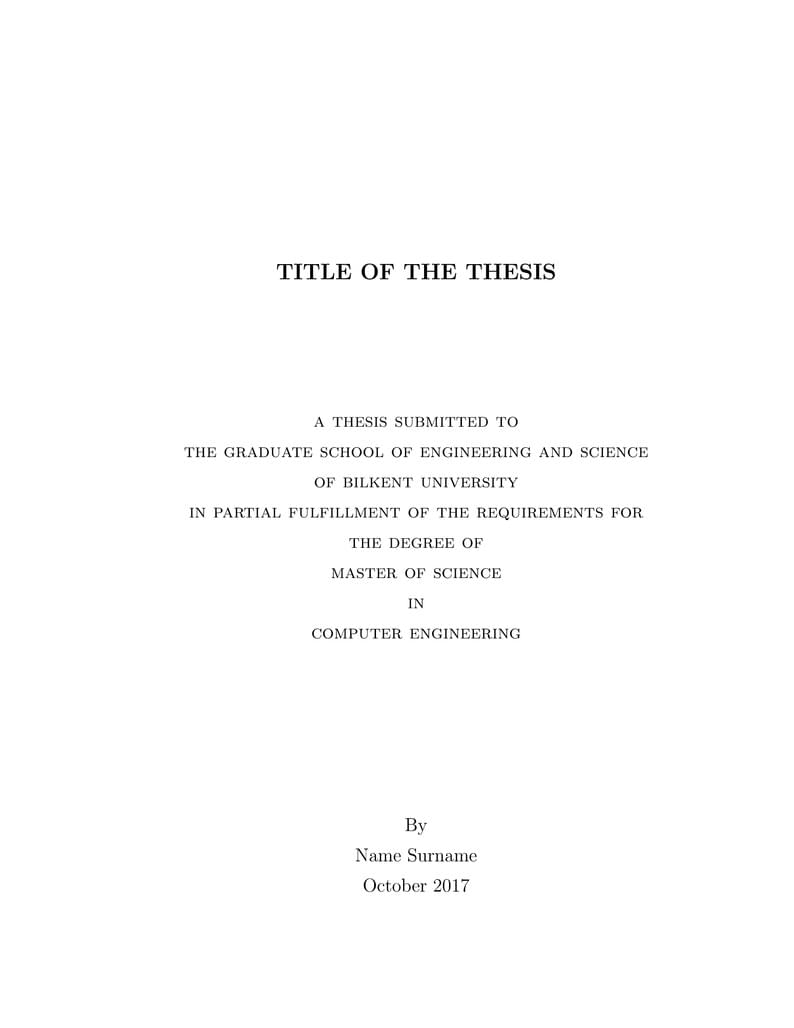
I downloaded this template from the website of Graduate School of Engineering and Science in February 2022. http://mfbe.bilkent.edu.tr/wp-content/uploads/2017/09/Thesis_September2017.zip
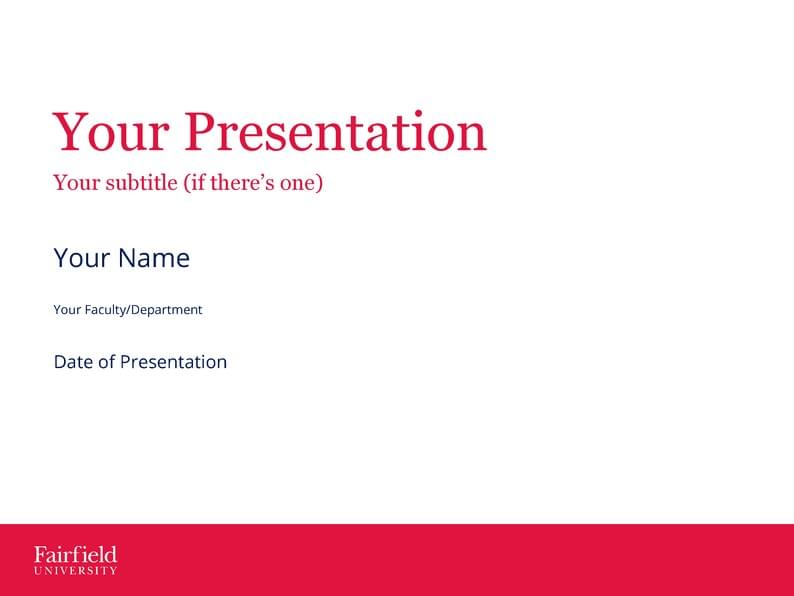
Beamer theme inspired by the University of California, Berkeley's color scheme and layout. It incorporates custom colors, font styles, and background elements to create a visually cohesive presentation aesthetic.
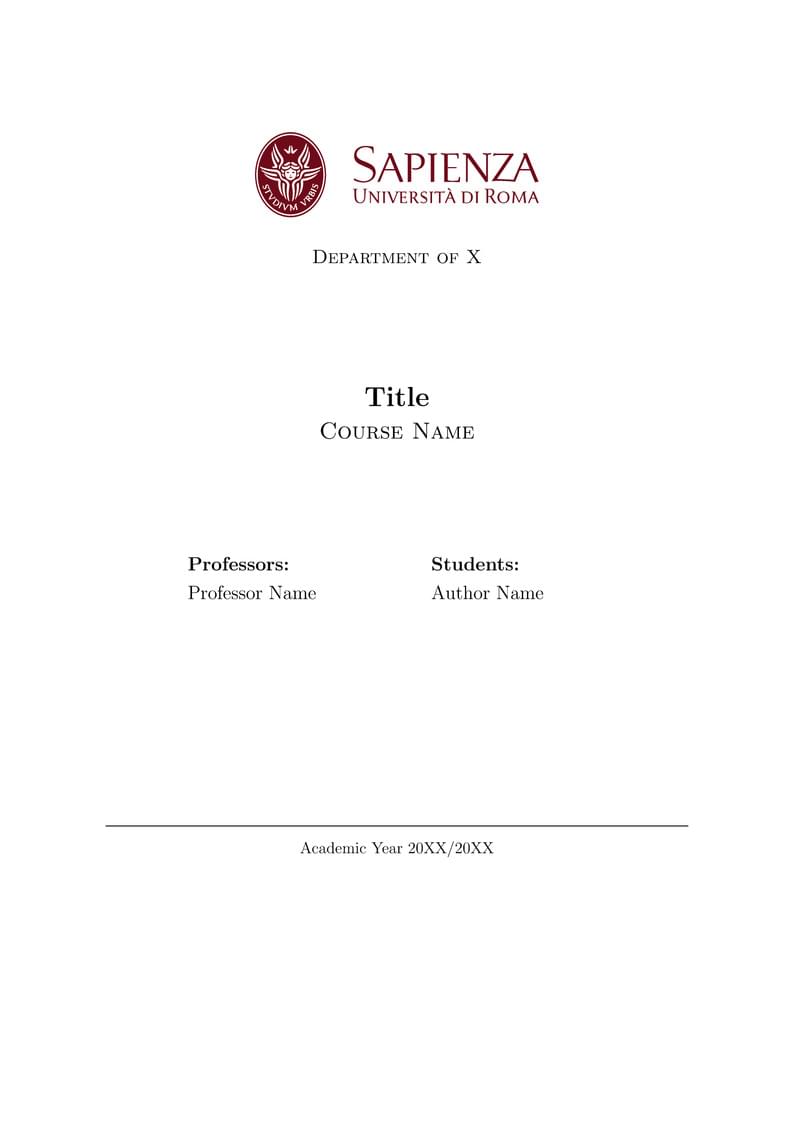
This is a template for reports or works done for Sapienza Universita di Roma. Most templates for Sapienza are for thesis projects, which contain a lot of boilerplate that isn't necessary or useful for minor projects and reports in normal courses. This template is a basic, light starting point for those types of documents that can be further augmented as you see fit.
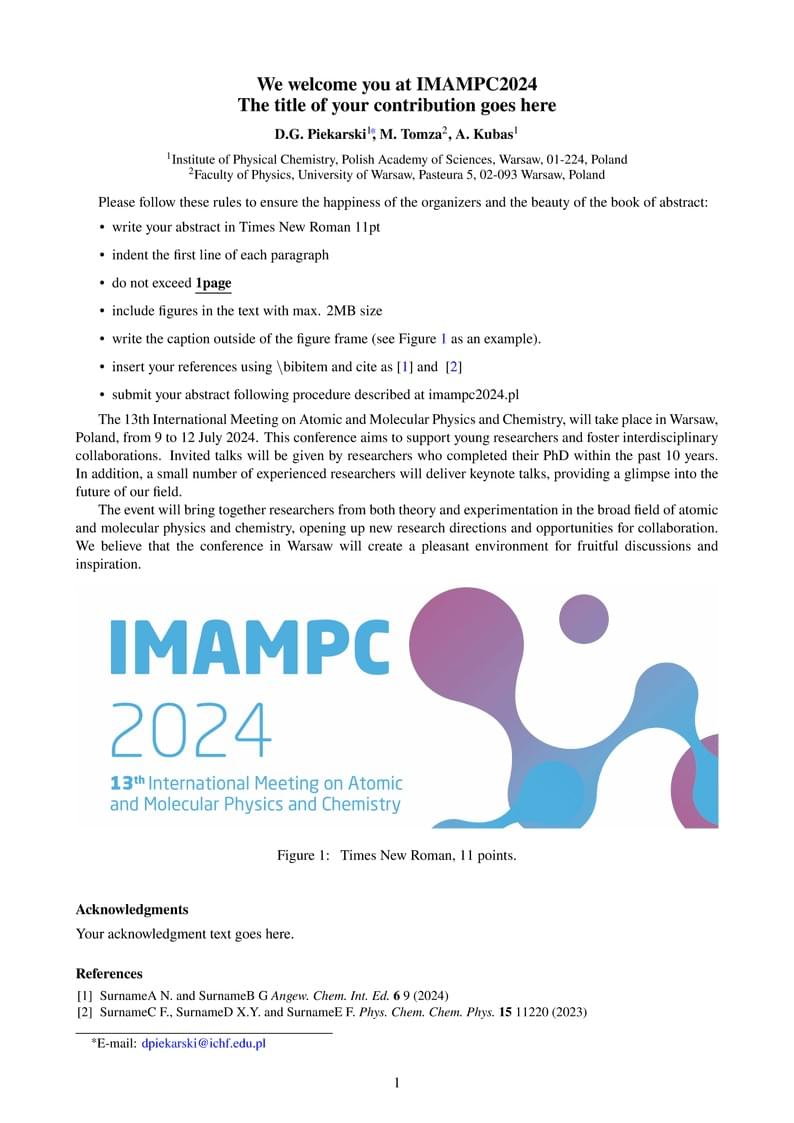
Template for abstract submission for IMAMPC'2024 – 13th International Meeting on Atomic and Molecular Physics and Chemistry
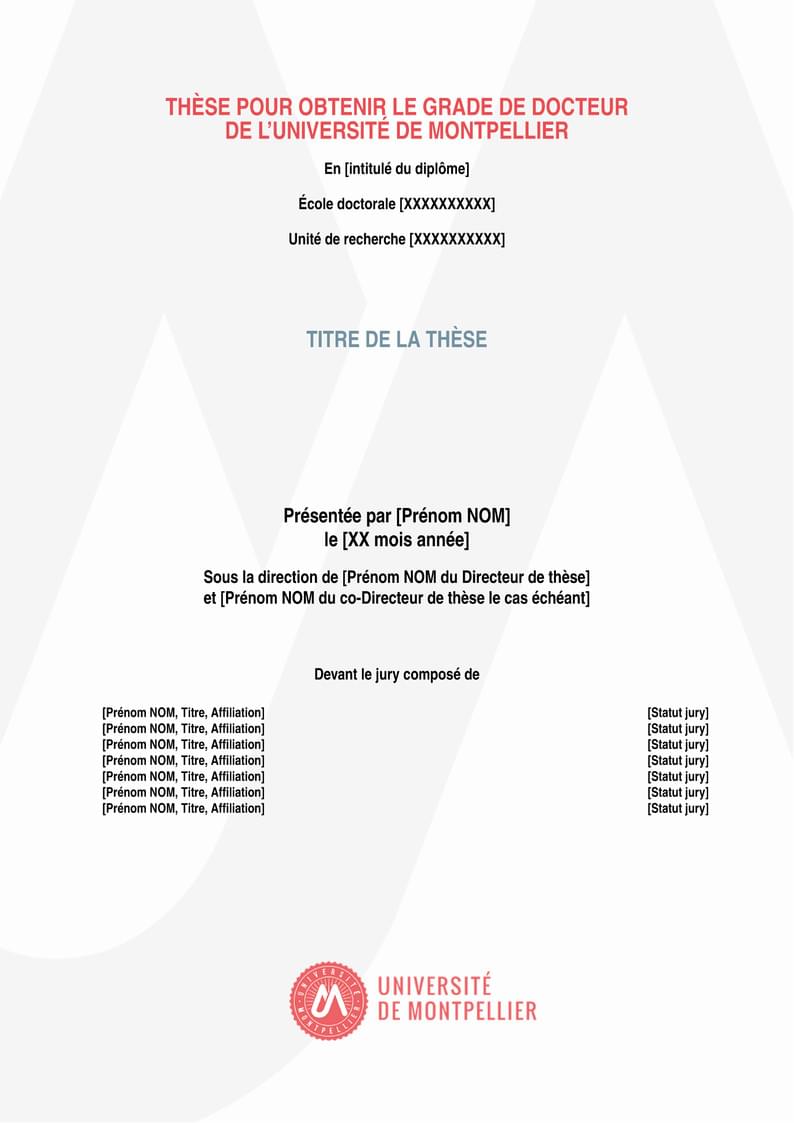
Based on the .Docx file downloaded https://www.umontpellier.fr/recherche/etudes-doctorales-et-hdr/soutenance-en-doctorat
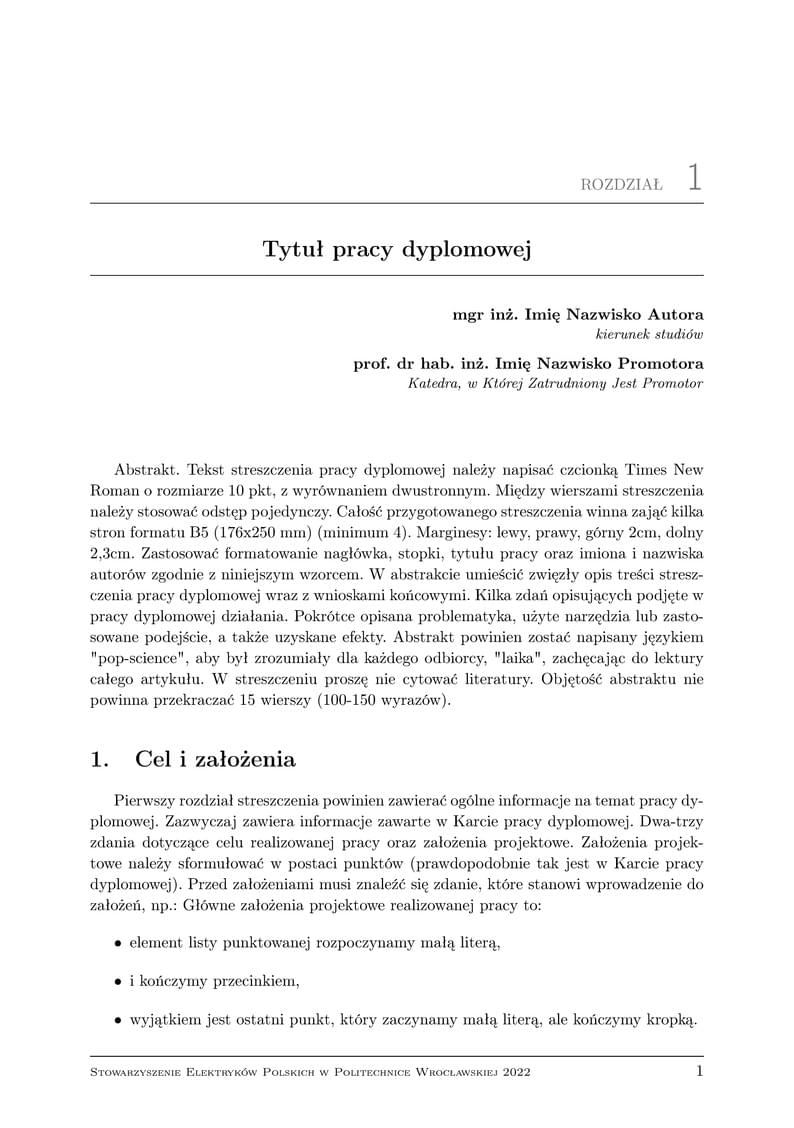
Szablon do przygotowania streszczenia konkursowego na najlepszą pracę dyplomową na Politechnice Wrocławskiej.
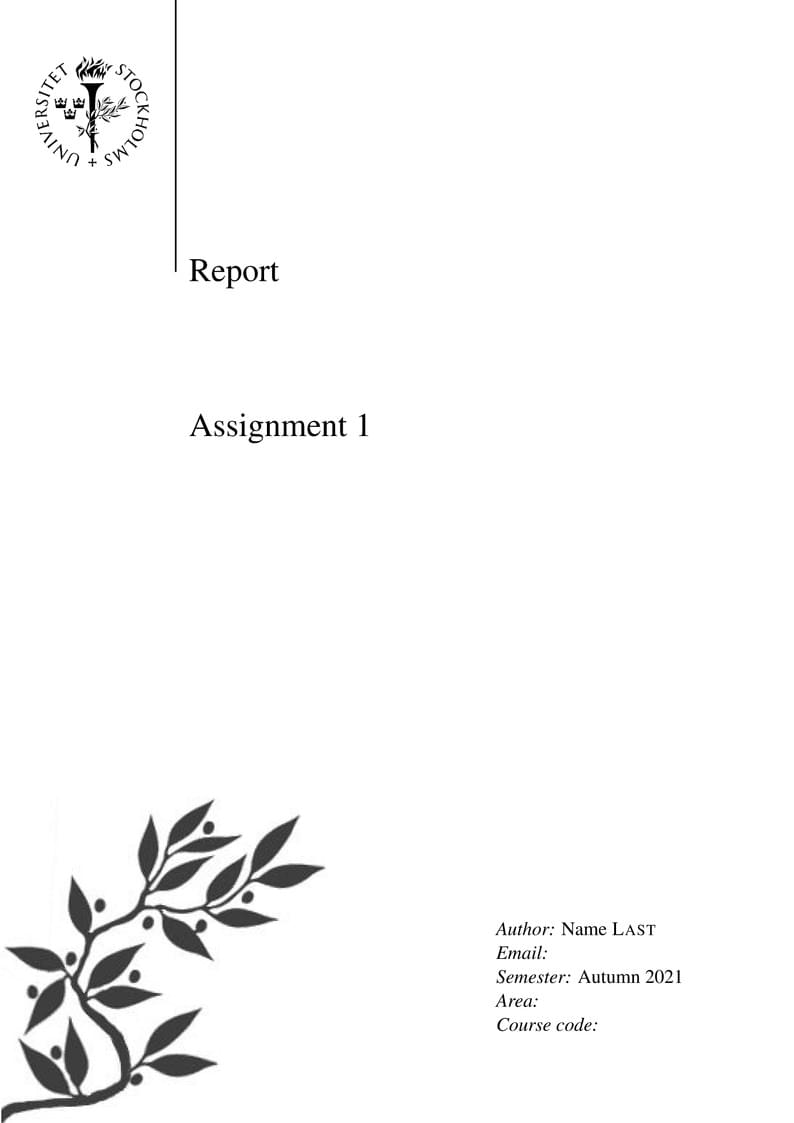
This is a Stockholm University LaTex Template for assignments, reports, or even for thesis.
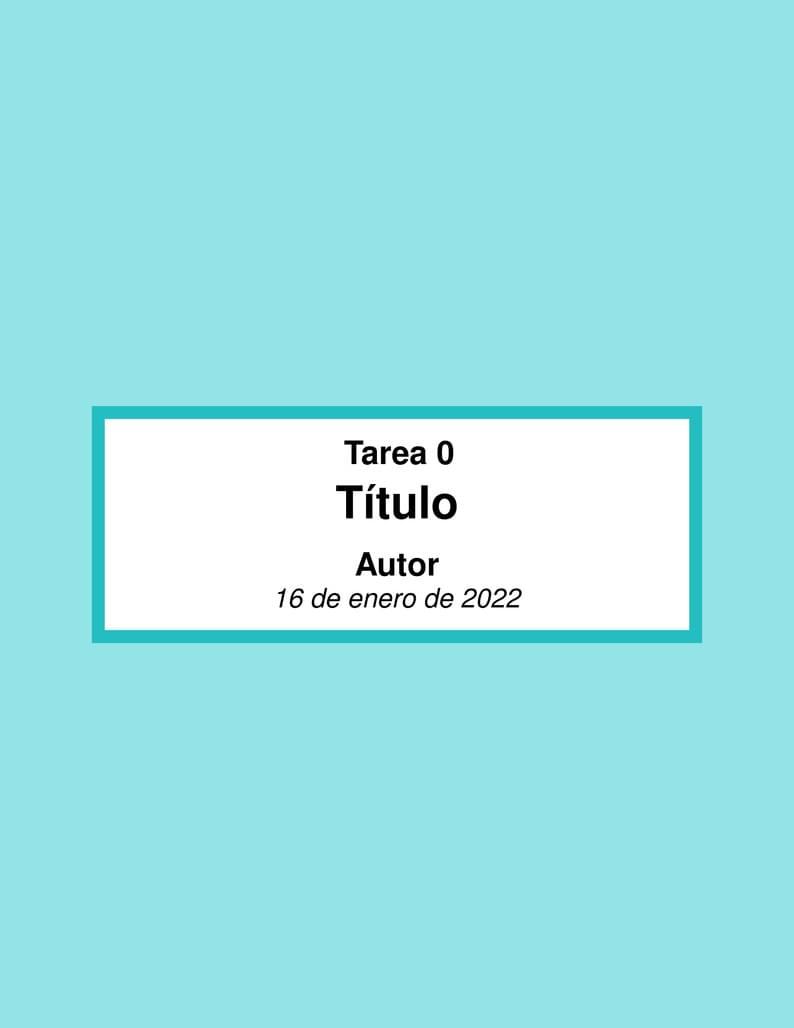
This template has the intention to add more colour to your average LaTeX document, whether is to highlight important information or just to make it look cute. I hope you like it.
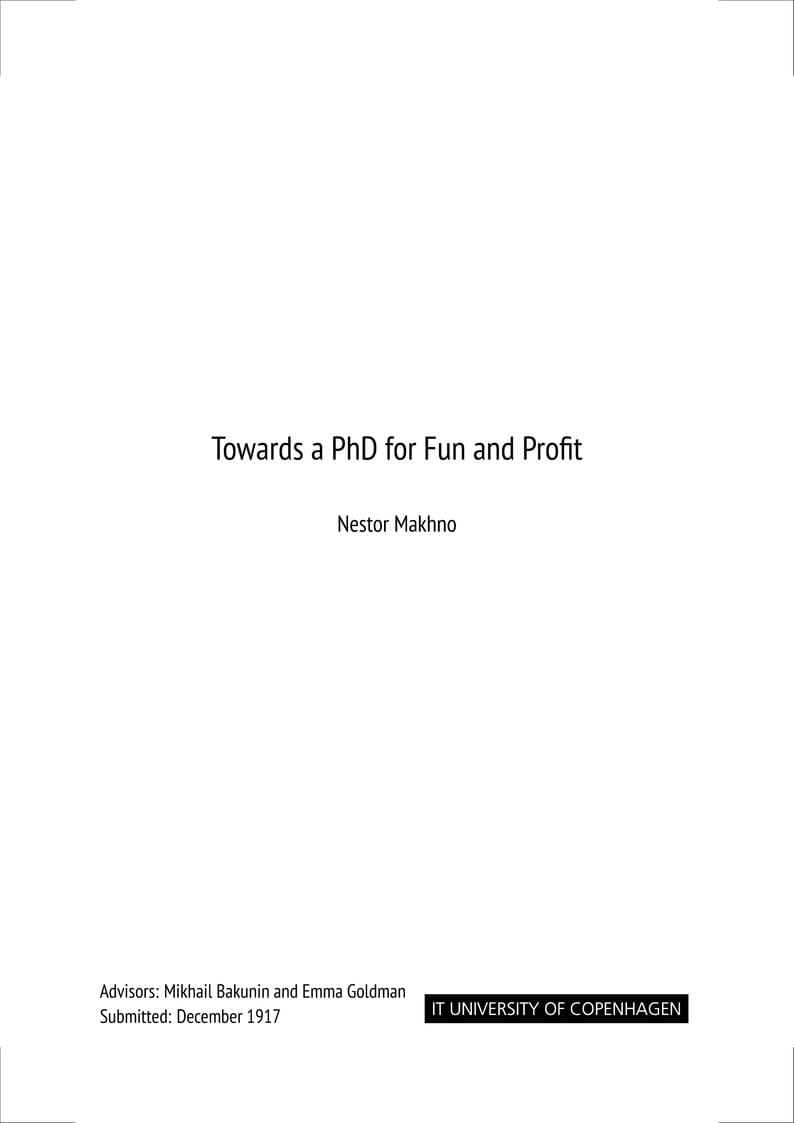
Cloned https://github.com/david-christiansen/itu-thesis 4 Jan 2022
\begin
Discover why over 20 million people worldwide trust Overleaf with their work.